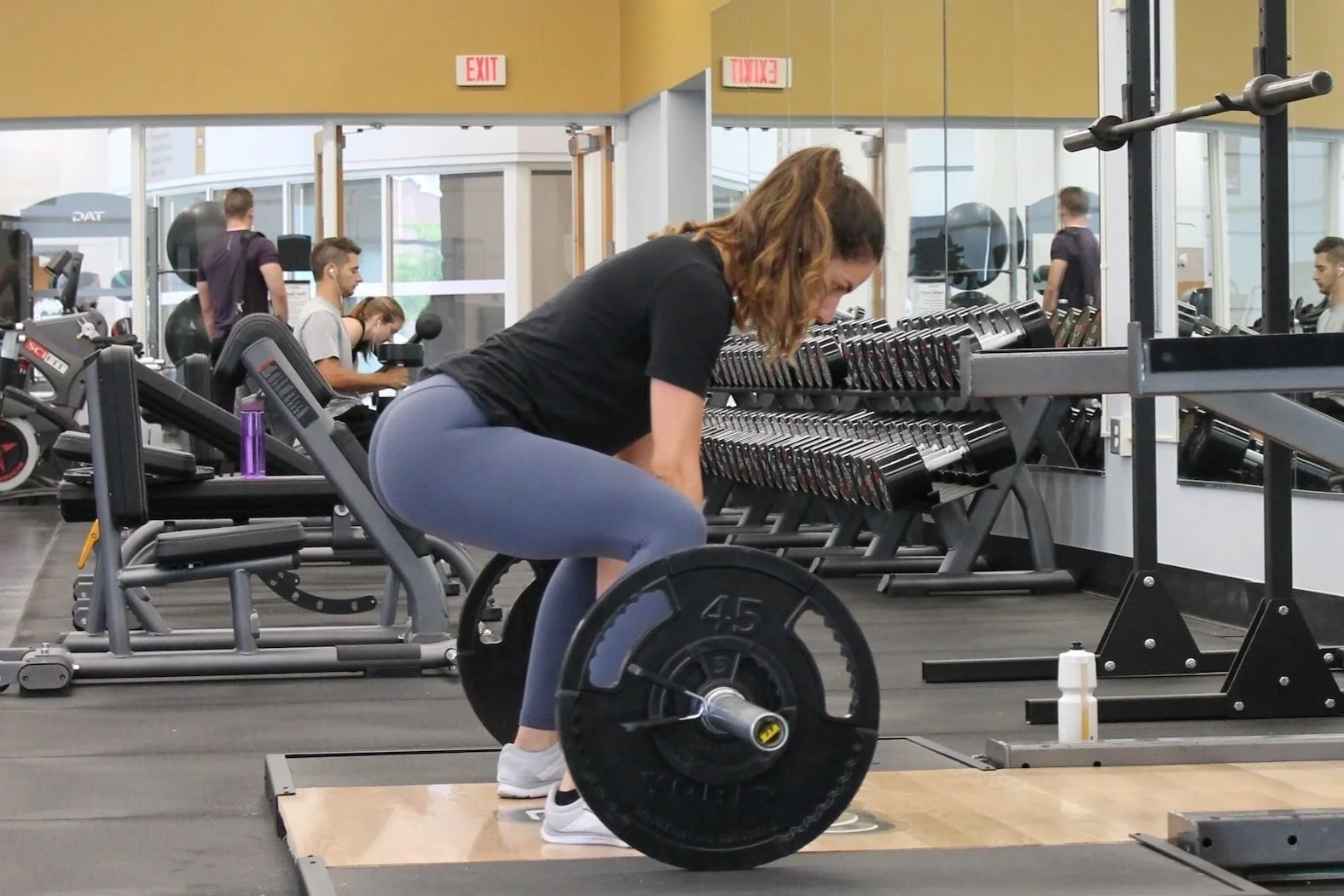Low Back Pain
Are you tired of have low back pain (LBP)? 8 out of 10 Americans with experience LBP at some point in their lifetime. What can we do differently to help with LBP? Check out the list below.
Things to consider with LBP:
1. Posture: How we sit all day or how we stand all day matters to the muscles that are doing the work. Do we stand or sit in a very upright straight back or do we slouch too much? The best thing to do with posture is to be moving in and out of different postures. Staying in one position for long periods of time is very taxing on the body. Try setting a timer to get up and move every hour.
2. Lifting mechanics: How to pick things up matters. You can see the girl the white pant has too much arch in the back crunching the facets joints in the low back causing compression pain. The girl and the grey pant demonstrates a better posture approach with a more neutral spine and better position to take load.
Too much arch in the low back!
This person has better low back positioning. Posture and positioning will vary from person to person. We are all different sizes and shapes.
3. Hip and Pelvis mobility: Stiffness in either of these joints can cause the low back to take of the slack for these areas. Our bodies are so amazing that it will automatically compensate for an area that isn’t moving well. The bad part is that the low back isn’t meant to move for the hips and pelvis they have their own parts to play in our body’s movement. Keeping your hip joints well lubricated with movement exercises is a great way to help the low back.
4. Abdominal weakness vs Coordination or both: How you contract your abdominal muscles matters. The transverse abdominal (TA) muscles strength is the key to providing support to the low back. Also, the timing of the TA muscles contraction can also make a big impact on supporting the low back. By working on the contraction of the TA muscles you can also help strengthen the pelvic floor which can play a role in the low back pain. The TA muscles act like a corset and supports the organs and the spine.
5. Whole body approach: By looking at the entire body, we can find and minimize other contributing factors that we might not realize is affecting our low back.
6. Breathing: YES BREATHING!!! How you breathe matters!!! We breathe at least 20,000 times per day!! Your breathing muscles are important in creating spinal stability. In a study showed that people with LBP (the control group) worked on core bracing exercises and experimental group worked on forced exhalation breathing exercises. The group that focused on forced exhalation breathing exercises had a decrease in low back pain and increase TA strength over the group that work on bracing! How amazing is that!
There are so many things to consider with LBP above are just a few of these things to think about! The one that is the most surprising is Breathing! Next time you have LBP start to think about your breathing and how it might help your low back pain! Breathing and mediation can help with pain and your mood.
Breathe WELL my friends!




